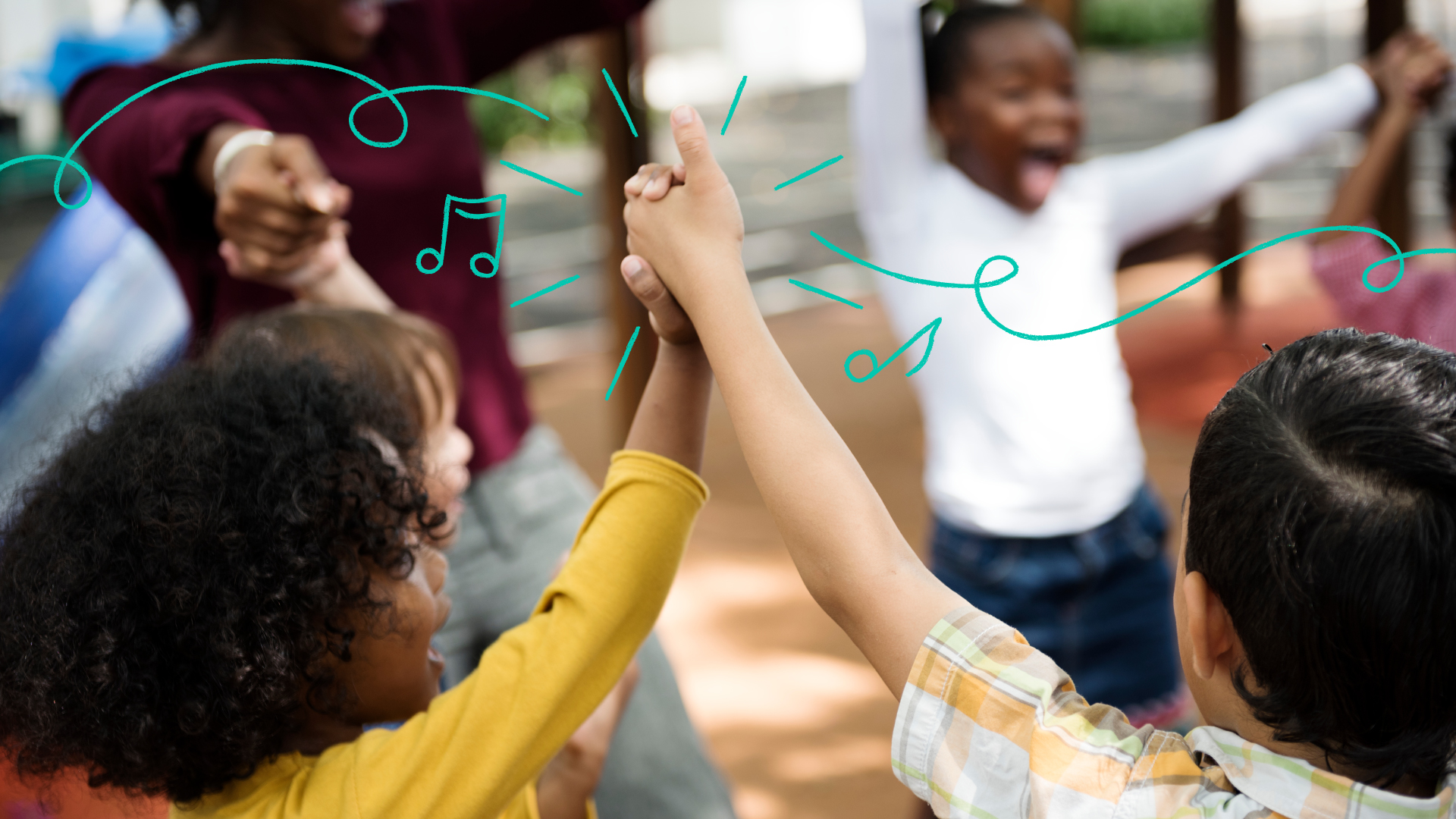
- 2 mins

There are numerous advantages to children engaging in play. Milteer and Ginsburg (2012) write that play during early childhood is essential in developing children’s resilience, social skills, and creativity and even plays a role in developing communication. When children engage in play, it allows them to escape reality for a moment—to dream and imagine. It can set a child free from the pressure of social expectations and enable them to be at ease. Observing a child engaged in play can teach a lot about their frame of reference and what they are exposed to in everyday life.
When children reach school age, days tend to become filled with group activities, academic tasks, and more structured sports. Children are often told what to do and are expected to follow instructions and adhere to rules. These are all necessary and good for children to learn, but the reality is that they take up a lot of time in a school day, often at the expense of time for play and exploration. However, suppose teachers could dedicate some time during the day for play. This could allow them to support children in staying regulated, taking brain breaks, and also offer the teacher a chance to observe.
It could allow children to collaborate and get to know each other. Group games could even serve as icebreakers between children if they are encouraged and supported to engage with children who are not part of their usual group of friends. This would allow children to feel more comfortable around each other. It can help build their confidence around communicating, sharing ideas, and encouraging and supporting their classmates. It could also make the children who may be considered more popular seem less intimidating and more relatable.
Although teachers may be aware of the wonderful benefits of play in the classroom, limited space and resources could limit the option of providing toys and games to initiate play at school. Children still need brain breaks, though. Bershwinger and Brusseau (2013) report that movement activities increase physical activity in children and improve cognitive function and alertness.
While it may seem simple to provide movement activities, there is the risk of their being received by students as boring and annoying. It is, therefore, necessary to be proactive in planning movement breaks that will be successful and fun! Create a list of movement games—you can even ask your students to help you with suggestions. Write these down on craft sticks or pieces of paper and throw them into a jar. Every time you do a movement break with the class, a student gets to put their hand in the jar and pick out an activity to do.
Many movement activities require few or no resources. Games could include hopscotch, dancing, freeze dances, musical chairs, balloon bopping, simple obstacle courses (such as crawling through the legs of a table and climbing over chairs), yoga stretches, musical statues, star jumps, and Simon Says. These games can easily be adapted to suit children of all ages, too. Teachers should be willing to join in on the activities to motivate children to do the same.
While younger children often love movement activities, teenagers may not necessarily be keen to participate. It would be a good idea to explain to students why movement breaks are essential and how they can help them. Keep them motivated by keeping movement breaks short and energetic. During busy days it could be tempting to skip the breaks but remember that regular movement breaks will support your class in being more focused throughout the day.
Bershwinger, T., & Brusseau, T. A. (2013). The impact of classroom activity breaks on the school-day physical activity of rural children. International Journal of Exercise Science, 6(2), 134–143.
Milteer, R. M., & Ginsburg, K. R., Council On Communications and Media, Committee on Psychosocial Aspects of Child and Family Health. (2012). The importance of play in promoting healthy child development and maintaining strong parent-child bond: Focus on children in poverty. Pediatrics, 129(1), e204–e213.